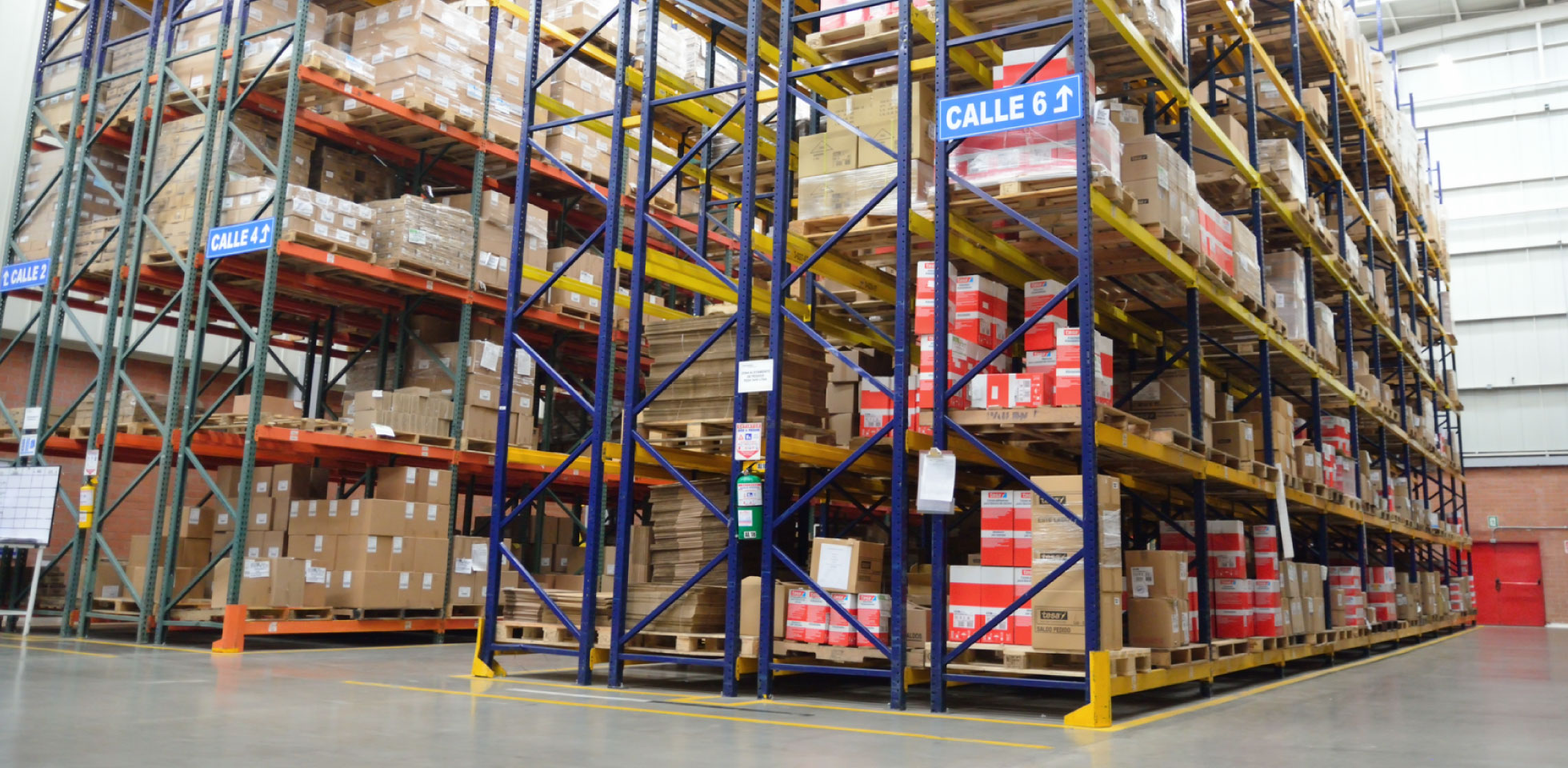Strategic inventory management in e-commerce has established itself as a critical component for operational excellence and sustainable business growth. This practice, far from being a simple administrative task, has become a key differentiator that drives efficiency, optimizes resources and enhances responsiveness to market fluctuations, especially during high-demand seasons. It is worth noting how effective stock management can make the difference between resounding success and operational challenges during these critical periods.
Understanding e-commerce seasonality
Order seasonality refers to predictable patterns in the demand for products or services throughout the year. Understanding these cycles allows companies to anticipate and prepare for fluctuations in sales, adjusting their marketing, inventory and logistics strategies to meet demand more effectively.
Factors such as weather, holidays, cultural trends, economic cycles and school calendars significantly influence the seasonality of a product. For example, the Christmas season, Black Friday or back-to-school are periods that generate specific demand peaks for certain products. (Blog - Bling)
The importance of pre-planning
Advance inventory planning is indispensable to meet the challenges of peak seasons. According to logistics experts, proper planning should begin at least six months before the peak season. This time allows for a thorough audit of business assets, including:
- Website health (UX/UI, speed, payment methods, security).
- Stock and logistics (stock preparation, identification of bottlenecks, coordination with suppliers, last mile shipping)
- Marketing strategies
- Data analysis and definition of key metrics (Artícle - The Logistics World)
Strategies to optimize stock
Implementing advanced technology
Technology plays a vital role in efficient inventory management. Implementing advanced inventory management systems that provide real-time updates keeps a constant pulse on stock and facilitates proactive decision making to maximize sales.
Predictive analytics and data management
Using predictive analytics tools to project future demand is essential. Combining historical data with advanced analytics helps identify sales trends and anticipate inventory needs.
Coordination with suppliers
Establishing fluid and efficient communication with suppliers is essential. Implementing real-time communication systems and rapid action protocols allows you to respond quickly to fluctuations in demand. (Blog - Melonn)
Flexible logistics: The key to meeting challenges
Flexibility in logistics is a critical factor for success in e-commerce. Flexible logistics implies having systems and processes capable of adapting quickly to changes in demand and unforeseen events that may arise during peak seasons.
Features of flexible logistics:
- Software-as-a-Service (SaaS)-based delivery model for networking outside the company.
- Functionality that combines best business practices with supply chain management tools.
- Services that include analytics, benchmarking and business intelligence functions.
Flexible logistics allows you to react nimbly to setbacks such as adverse weather conditions, product visibility problems or changes in the political situation that affect international trade. (Blog - Solistica: La flexibilidad en la logística)
Technology readiness and operational resilience
Technology is the foundation that sustains e-commerce operations, especially during peak seasons. It is important to stress test systems to ensure they can handle the additional volume of transactions.
Operational resilience in e-commerce requires:
- A robust technology infrastructure
- Contingency plans in case of technical failures
- Redundant servers
- Alternative payment systems
- Technical support team available 24/7
In addition, implementing artificial intelligence tools to personalize product recommendations and chatbots to improve customer service can significantly optimize the user experience during periods of high demand. (Article - The Logistics World)
Seasonal marketing strategies
Seasonal marketing is necessary to make the most of peak seasons. Some effective strategies include:
Stock optimization.
- In high season: Secure stock of flagship products and rely on reliable logistics partners for fast and safe shipments.
- In low season: Implement inventory control models such as Economic Order Quantity to avoid overstocking.
Strategic promotions
- In high season: Create bundled packages that drive cross-selling.
- In off-season: Use limited-time discounts and strategies based on mental triggers to attract customers.
Targeted digital marketing
Use social media and email marketing to communicate promotions and maintain customer engagement throughout the year. (Blog - Bling)
Maximizing success: Synergy between stock, logistics and technology in peak seasons
Strategic stock planning is critical to success in peak e-commerce seasons. Effective stock management, combined with flexible logistics and the smart use of technology, enables companies to not only meet demand, but also improve the customer experience and maximize revenue.
Implementing these strategies, your company will be better prepared to meet the challenges and take advantage of the opportunities presented by high-demand e-commerce seasons.
At Solistica, we are experts in creating integrated logistics solutions with state-of-the-art technology, contact us today and find out how we can boost your business to new levels!






